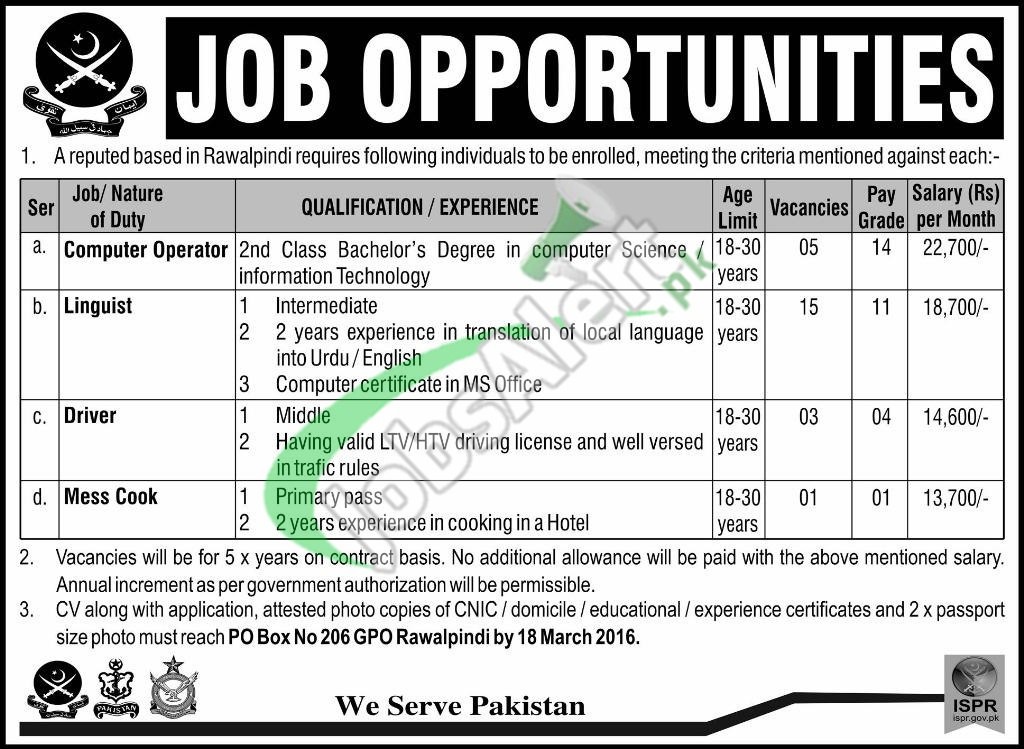

Get specific when you consider what you need. When I identified my needs, I quickly discovered that I didn’t miss my old work environment, but I desperately needed to find avenues to stay connected with others and meet new people on a weekly basis. What type of interactions and levels of engagement do you enjoy? Is it small talk, one-on-one meetings, or group conversations? Are you looking for a lunch buddy? Do you wish you had a bigger team to collaborate with? Identifying your needs is essential because how you interpret and experience loneliness will be strikingly different from how someone else does.Ĭonsider what you need in order to feel like you’re connected and thriving at work. Start the process by considering what this feeling of loneliness means to you.

If you’re grappling with loneliness, here are steps you can take to start to address those connection gaps. Sadly, prevalent feelings of loneliness were on the rise even before the Covid-19 pandemic, with 61% of respondents to a 2020 study conducted by Cigna reporting feeling lonely. Loneliness is the distress and discomfort we feel when we perceive a gap between the social connection we want and the quantity and quality of the relationships we currently have. That gap might feel slight or huge based on how we’re wired and our unique set of needs. I was slowly but steadily becoming isolated. I spent too much time scrolling social media because I was silently craving connection with others. I noticed I was becoming less enthused and more withdrawn. I was able to laser-focus on my work, but my interactions with others were driven solely by virtual meeting agendas or email. However, as time progressed, I started to feel lonely. When I began working from home, in addition to regaining my lost commuting hours, I loved my new ability to focus on my work without the distraction of an open-plan office environment.

I had been commuting for years, which regularly constituted 12 or more hours stuck in traffic each week and resulted in incalculable levels of stress and frustration. When I first made the switch to working remotely, I was elated.


 0 kommentar(er)
0 kommentar(er)
